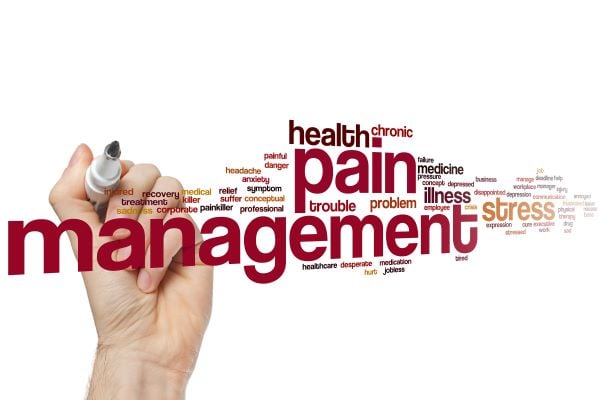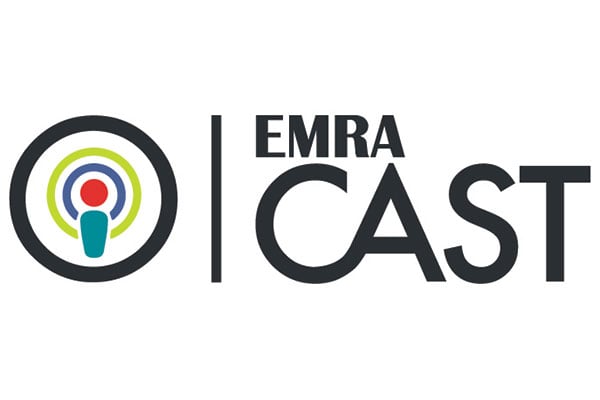Pain Management
Pain Management with Dr. Sergey Motov
Nov. 15, 2020
Do you ever get overwhelmed with all the ED analgesic options? Dr. Sergey Motov from Maimonides Medical Center in Brooklyn helps breaks down ED pain management. We cover everything from topical NSAIDs to ketamine infusions. Curious which opioid to go with or what dosing? Look no further.
Host
Matt Dillon, MD
ChristianaCare EM/IM, PGY-4
Twitter: @mdmd_8889
EMRA*Cast Episodes
Guests
Sergey Motov, MD
Maimonides Medical Center
@painfreeED
Overview:
Do you ever get overwhelmed with all the ED analgesic options? In part 2 of our series on ED Pain Management, Dr. Sergey Motov of Maimonides Medical Center helps break things down, reviewing a few cases and finishing with Sergey’s 10 Commandments of ED Pain Management.
Key Points:
Sergey's 10 Commandments of ED Pain Management
- Titrate opioids regardless of initial dosing regimen: weight-based, fixed, or nurse-initiated.
- Use alternatives (to IV) routes of analgesic administration: PO, PR, IN, SubQ, nebulized, topical.
- Utilize sub-dissociative dose ketamine for selected acute and chronic painful conditions.
- Educate patients about appropriate expectations of pain course and management.
- Embrace a concept of channels/enzymes/receptors targeted analgesia.
- Use NSAIDs based on their analgesic ceiling dose.
- Attempt to use non-opioid analgesics whenever possible.
- Promote nerve blocks for a variety of acute painful conditions (trauma, infection, inflammation).
- DO NOT prescribe long-acting opioids, SR/ER opioids, or fentanyl patches in the ED or at discharge.
- If indicated, DO prescribe a short course of immediate release opioids (preferably morphine sulfate IR) at discharge and arrange proper follow-up.
Resources and References:
- Cisewski DH, Motov SM. EMRA Pain Management Guide. EMRA. Dallas, Texas:2020.
• App version available within MobilEM at iTunes and Google Play.
- Motov SM. PainFreeED.com.






